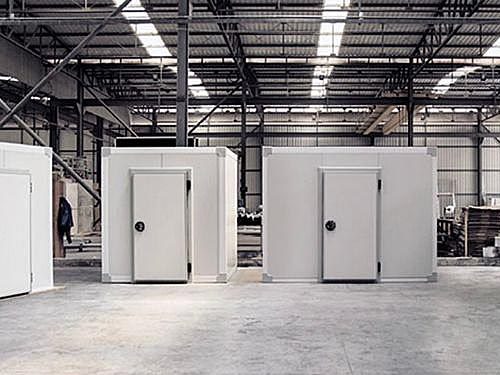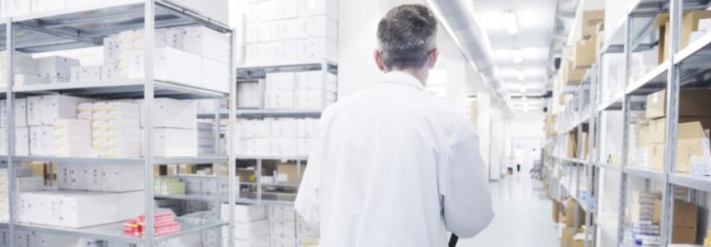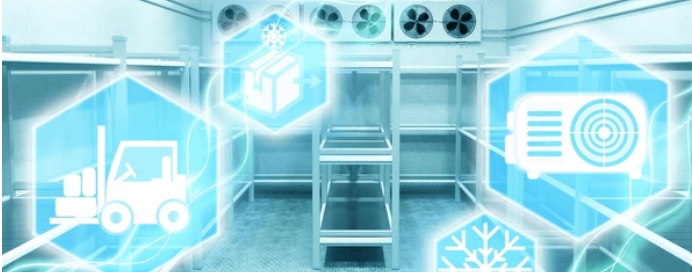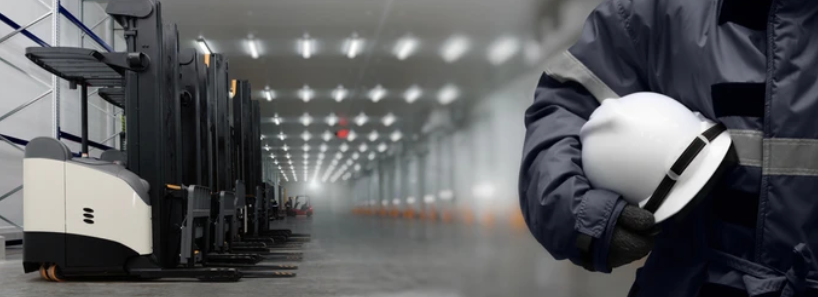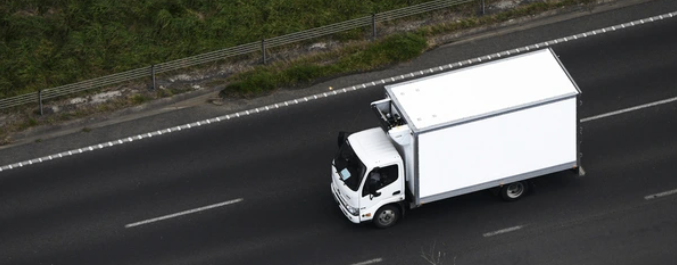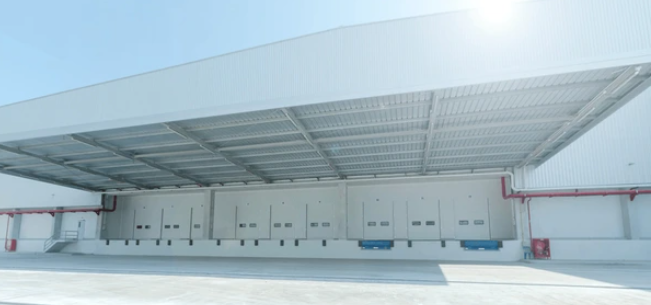Basic Principles Behind Refrigeration
Refrigeration systems in cold rooms operate on the fundamental principle of heat removal from an enclosed space. This process is essential for maintaining the low temperatures required to preserve perishable goods and temperature-sensitive materials. The systems are designed to function continuously and efficiently, ensuring that heat is consistently extracted from the interior to maintain the desired temperature.
At the heart of refrigeration is the cycle of evaporation and condensation. Inside the evaporator coils, the refrigerant absorbs heat from within the cold room as it transitions from a liquid to a gas. This phase change effectively draws heat away from the air, lowering the temperature inside the space. The refrigerant, now in its gaseous form, is then directed to the condenser, where it releases the absorbed heat into the surrounding environment and condenses back into a liquid to begin the cycle again.
Refrigerants play a crucial role in this cycle. These specialized substances are responsible for carrying heat through the system. Commonly used refrigerants have included hydrochlorofluorocarbons (HCFCs) and hydrofluorocarbons (HFCs), though increasing environmental awareness has led to a shift toward more eco-friendly alternatives such as ammonia and carbon dioxide. The type of refrigerant used significantly affects the system’s efficiency, operational cost, and environmental impact.
Heat Transfer Mechanisms in Cold Rooms
Effective cold room design relies on minimizing heat ingress through various mechanisms of heat transfer. One such mechanism is conduction, which occurs when heat travels through solid materials like walls, floors, and shelving. High-quality insulation is essential to limit this transfer and maintain temperature stability inside the cold room, particularly when external temperatures are high.
Convection is another form of heat transfer, involving the movement of heat through air circulation. In a cold room, proper air distribution is critical to maintaining uniform temperatures and preventing warm pockets that could compromise stored items. Well-planned airflow systems ensure that cool air reaches all areas equally, supporting consistent performance.
Radiation, while less prominent in cold rooms, can still contribute to heat gain. This type of heat transfer occurs through electromagnetic waves, often from warmer surfaces or direct sunlight. Using radiant barriers or reflective insulation materials can help reduce this form of heat ingress and enhance the overall thermal efficiency of the cold room.
Temperature Control & Insulation
Insulation is a key component of any cold room. It acts as a barrier that reduces heat exchange between the cold interior and the warmer external environment, allowing the refrigeration system to maintain set temperatures with minimal energy input. Without effective insulation, maintaining consistent cooling would be far more energy-intensive and costly.
Several insulation materials are commonly used in cold room construction, including polyurethane foam, polystyrene, and phenolic foam. These materials are chosen for their excellent thermal resistance and compatibility with the cold and often humid conditions inside storage units. Each material has specific advantages depending on the desired temperature range, budget, and application.
Temperature control in modern cold rooms is managed by sophisticated systems that include thermostats and automated controls. These systems monitor internal temperatures and make real-time adjustments to the refrigeration cycle, ensuring optimal conditions are maintained consistently. This not only helps protect stored goods but also improves energy efficiency and reduces operational costs.
Reliable Cold Storage Solutions
Now that you understand how cold rooms work to keep temperatures low and consistent, you can see the importance of choosing the right storage solution. Whether you’re a caterer, business owner, or hosting a special event, ColdSafe offers reliable and flexible cold storage solutions tailored to your needs. With more than 20 years of experience serving Southern England and South Wales, we provide both long- and short-term hire options for cold rooms and fridge trailers. Our team is ready to help you find a custom solution that fits your budget and logistics.
Get in touch with ColdSafe on info@colsafe.co.uk today and let us help you keep things cool—wherever and whenever you need it.
